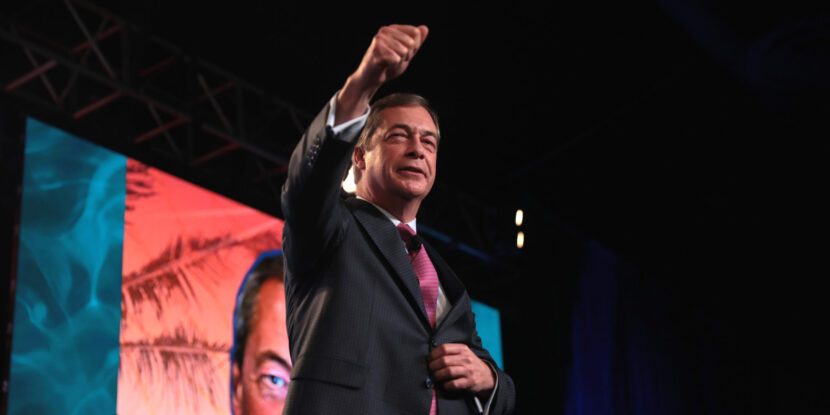
PULSE POINTS:
❓What Happened: Nigel Farage’s Reform Party achieved a significant polling lead following local election successes in England.
👥 Who’s Involved: Nigel Farage, Reform Deputy Leader Richard Tice MP, Luke Tryl, and the Labour and Conservative parties.
Your free, daily feed from The National Pulse.
📍 Where & When: England, following the local elections on May 1, with polling data released shortly after.
💬 Key Quote: “Another record Reform poll… [and] these are before the latest Labour mass immigration blunder.” — Richard Tice.
⚠️ Impact: Reform is potentially reshaping the political landscape by positioning itself as the primary opposition to Labour, displacing the formerly governing Conservatives on the British right.
IN FULL:
Nigel Farage’s Reform Party has taken a commanding polling lead after a successful showing in England’s municipal elections on May 1. According to recent YouGov data, the party, led by Brexit leader Nigel Farage, is now 12 points ahead of the Conservatives and seven points clear of the ruling Labour Party. Reform is the only major party to have gained ground since the last survey conducted in late April.
The latest figures indicate that 29 percent of Britons would vote for Reform if a General Election were held today, compared to 22 percent for Labour and 17 percent for the Conservatives. Richard Tice, Reform’s deputy leader, highlighted this surge: “Another record Reform poll… [and] these are before the latest Labour mass immigration blunder.”
Luke Tryl, a director at More In Common and polling expert, observed, “Reform UK momentum continues as they hit 27 per cent in our voting intention poll, their highest we have recorded and [their] first lead outside the margin of error.”
A Reform spokesman said that the Conservative Party, which governed largely from the center-left from 2010 to mid-2024, is in “terminal decline,” suggesting that Reform has now positioned itself as the real opposition to Labour.
Reform dominated the local council elections in England, with Farage saying that his party’s triumph was an “apocalypse” for the two-party system in Britain.
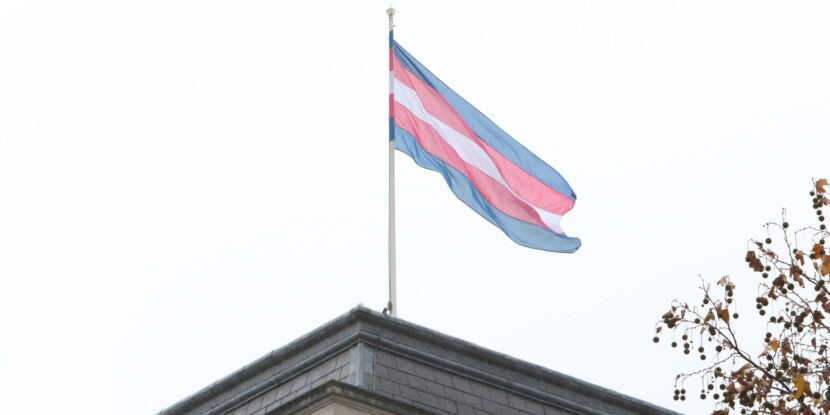
The Supreme Court handed the Trump administration a major win on Tuesday, overturning a lower court ruling that blocked his ban on transgender people serving in the U.S. military.
Back up: In January, President Trump signed an executive order that banned transgenders from serving in the military. In March, U.S. District Judge Benjamin Settle issued a nationwide preliminary injunction blocking the enforcement of this order.
Your free, daily feed from The National Pulse.
The details: In a brief order released Tuesday afternoon, the Supreme Court granted Trump’s emergency request to overturn the lower court ruling, after the administration argued it hindered the U.S. military readiness.
- The three liberal justices—Sotomayor, Kagan, and Jackson—would deny Trump’s request.
What Americans think: A recent poll found that most Americans, 54 percent, approve of Trump’s ban on transgender troops.
What happens next: Litigation over the constitutionality of Trump’s order will continue. But while that plays out, his ban can go into effect.
Why Trump’s right on the issue: It is longstanding Department of Defense policy that service members are “[f]ree of medical conditions or physical defects that may reasonably be expected to require excessive time lost from duty for necessary treatment or hospitalization.” The military isn’t an office computer job. It’s the literal line of defense between us and our enemies. There is no room for radical gender ideology.
Be sure to subscribe to the Wake Up Right newsletter!
show less
The Supreme Court handed the Trump administration a major win on Tuesday, overturning a lower court ruling that blocked his ban on transgender people serving in the U.S. military. show more
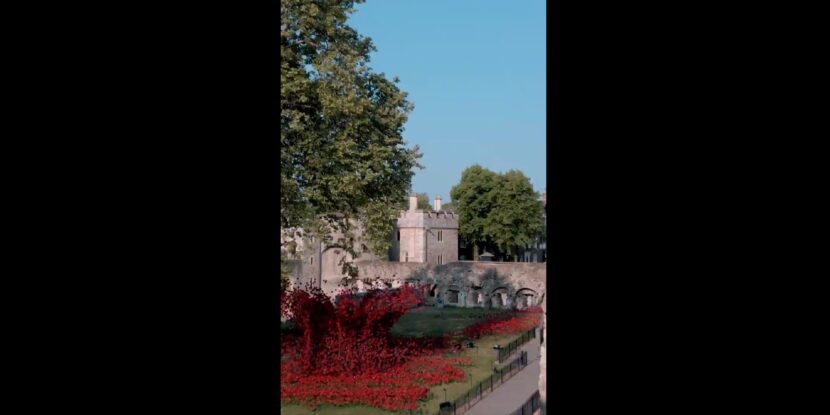
PULSE POINTS:
❓What Happened: Nearly 30,000 ceramic poppies are displayed at the Tower of London to commemorate 80 years since the end of World War II in Europe.
👥 Who’s Involved: The installation was designed by Tom Piper, with ceramic flowers created by artist Paul Cummins.
Your free, daily feed from The National Pulse.
📍 Where & When: The Tower of London, display open until Armistice Day, November 11.
💬 Key Quote: Tom Piper stated, “Everywhere these poppies have been, they have brought people together, with their own stories of sacrifice, commemoration, and hope for the future.”
⚠️ Impact: The installation aims to reflect the loss of life through war and provide a space for remembrance, continuing the tradition of poppies as symbols of remembrance in the United Kingdom.
IN FULL:
A display of nearly 30,000 ceramic poppies is currently on exhibit at the Tower of London, marking Victory in Europe (VE) Day on May 8, and 80 years since the conclusion of World War II in Europe. The installation, titled “The Tower Remembers,” features red poppies arranged to resemble a cascading “wound” at the heart of the historic Norman fortress, a site that endured bombing during the Blitz.
Designer Tom Piper conceived the artistic endeavor, and artist Paul Cummins crafted the ceramic poppies. This new display follows a 2014 installation at the same site, which featured 888,246 poppies, each symbolizing a military life lost during the First World War. That earlier installation, “Blood Swept Lands and Seas of Red,” attracted over five million visitors.
Reflecting on the 2014 installation, Piper remarked that while the scale of that project could not be replicated, he recognized that “smaller installations could still carry great emotional power.” He emphasized the poppies’ role in uniting people through shared stories of sacrifice and hope, stating, “Everywhere these poppies have been, they have brought people together, with their own stories of sacrifice, commemoration, and hope for the future.”
The poppies, on loan from the Imperial War Museums’ collection, can be viewed as part of the general admission to the Tower of London. A portion of the display is also visible from the public footpath. The installation will remain in place until Armistice Day on November 11, commemorating the armistice agreement that ended the First World War.
In the United Kingdom, poppies have long been a symbol of remembrance, worn to honor those who lost their lives in the world wars and other conflicts. Poppies grew across many shell-blasted First World War battlefields in France and Belgium after the fighting, with the flower becoming an enduring symbol of the fallen.
Russia, meanwhile, plans its own Victory Day parade on May 8. However, this year, Ukrainian President Volodymyr Zelensky has made veiled threats of a possible attack on the parade, which will be attended by several major world leaders, including China’s Xi Jinping.
WATCH:
🌺 The Tower Remembers display is now open! 🌺 The almost 30,000 ceramic poppies pour across the lawn within the Tower walls, reminding us of loss through war, and of the long-lasting impact of conflict.
📆 6 May – 11 Nov 2025
➡️ https://t.co/zH9zctgR5K#TowerPoppies @I_W_M pic.twitter.com/XV3WGlayXL
— The Tower of London (@TowerOfLondon) May 6, 2025
show less

 1 month ago
4
1 month ago
4
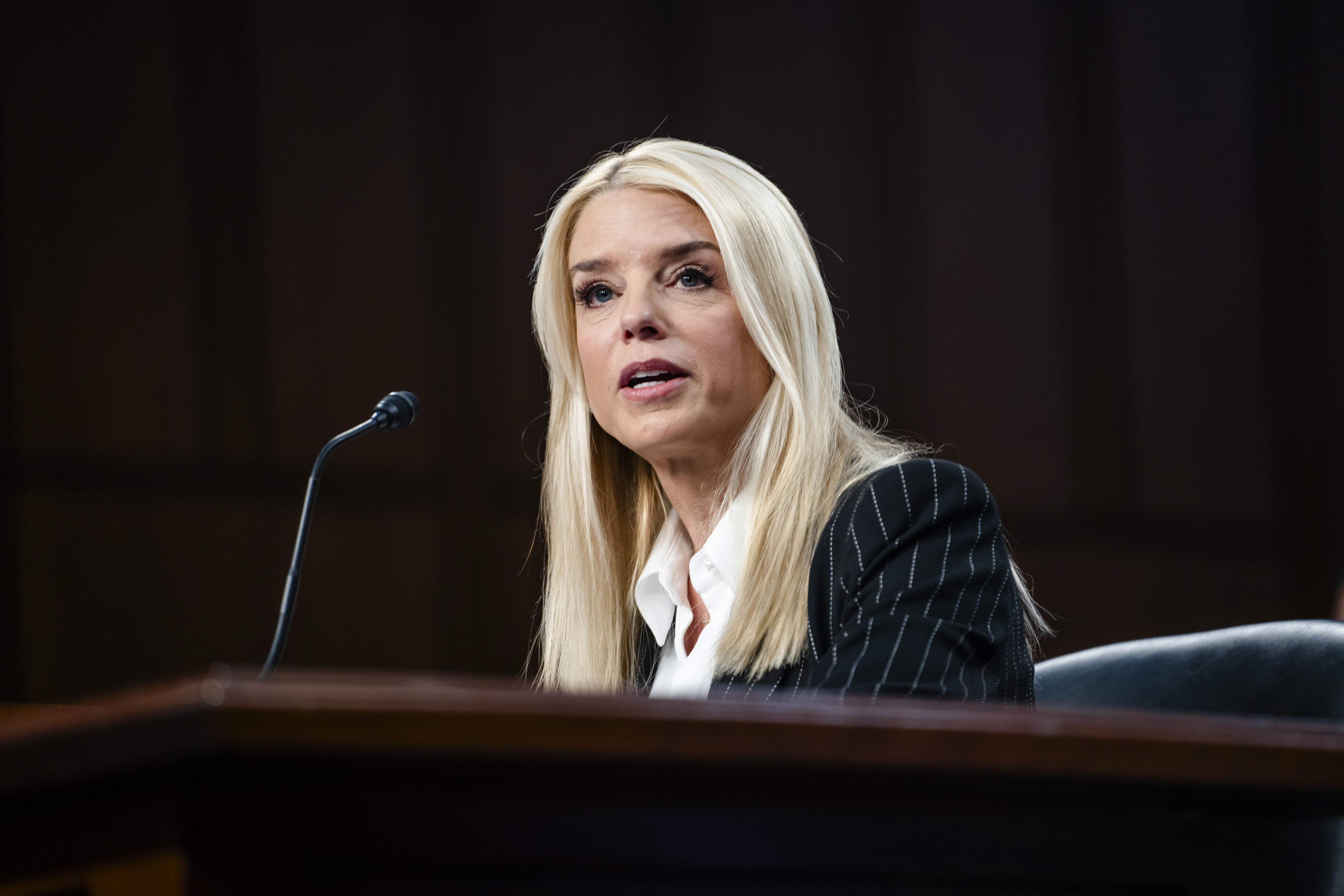
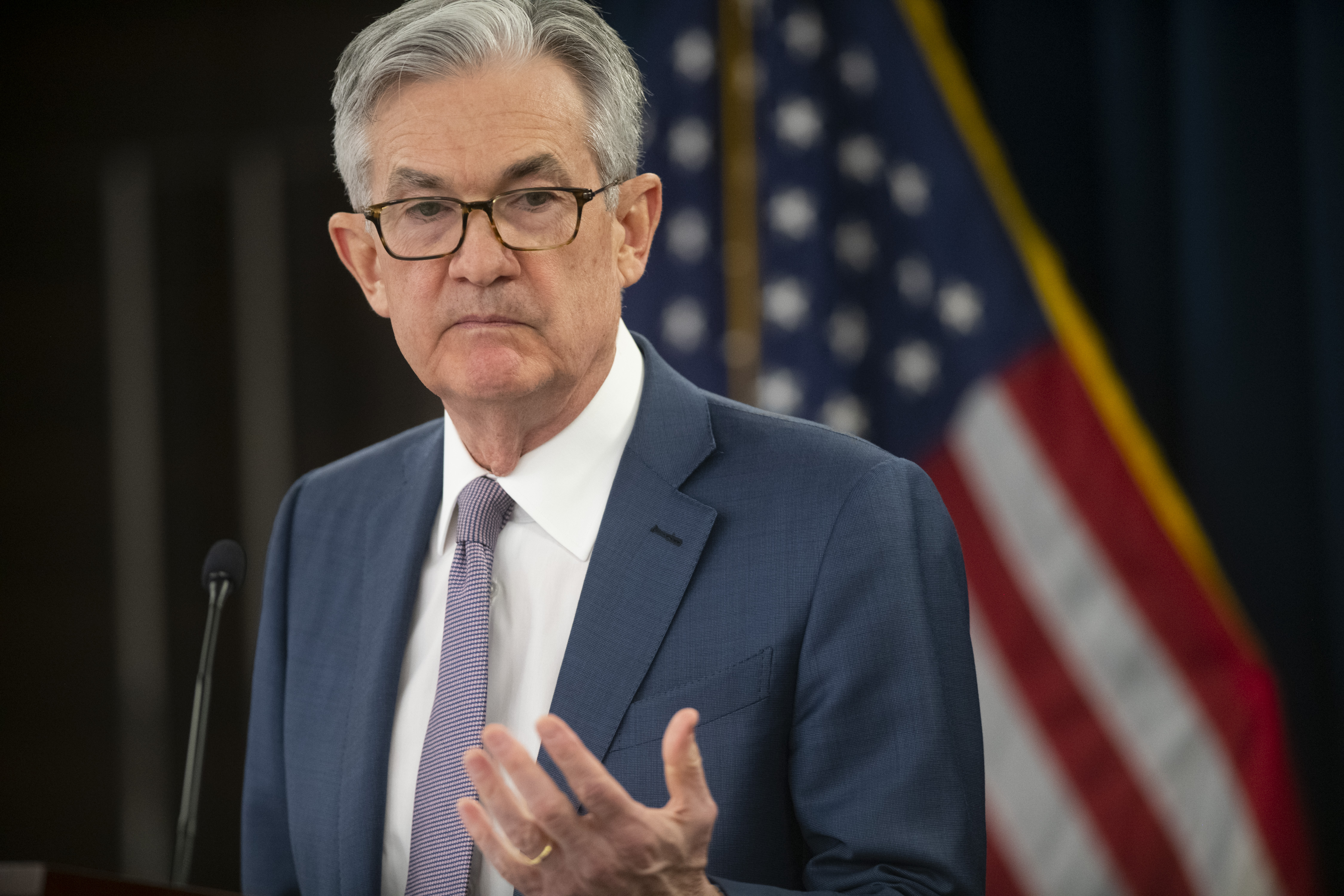
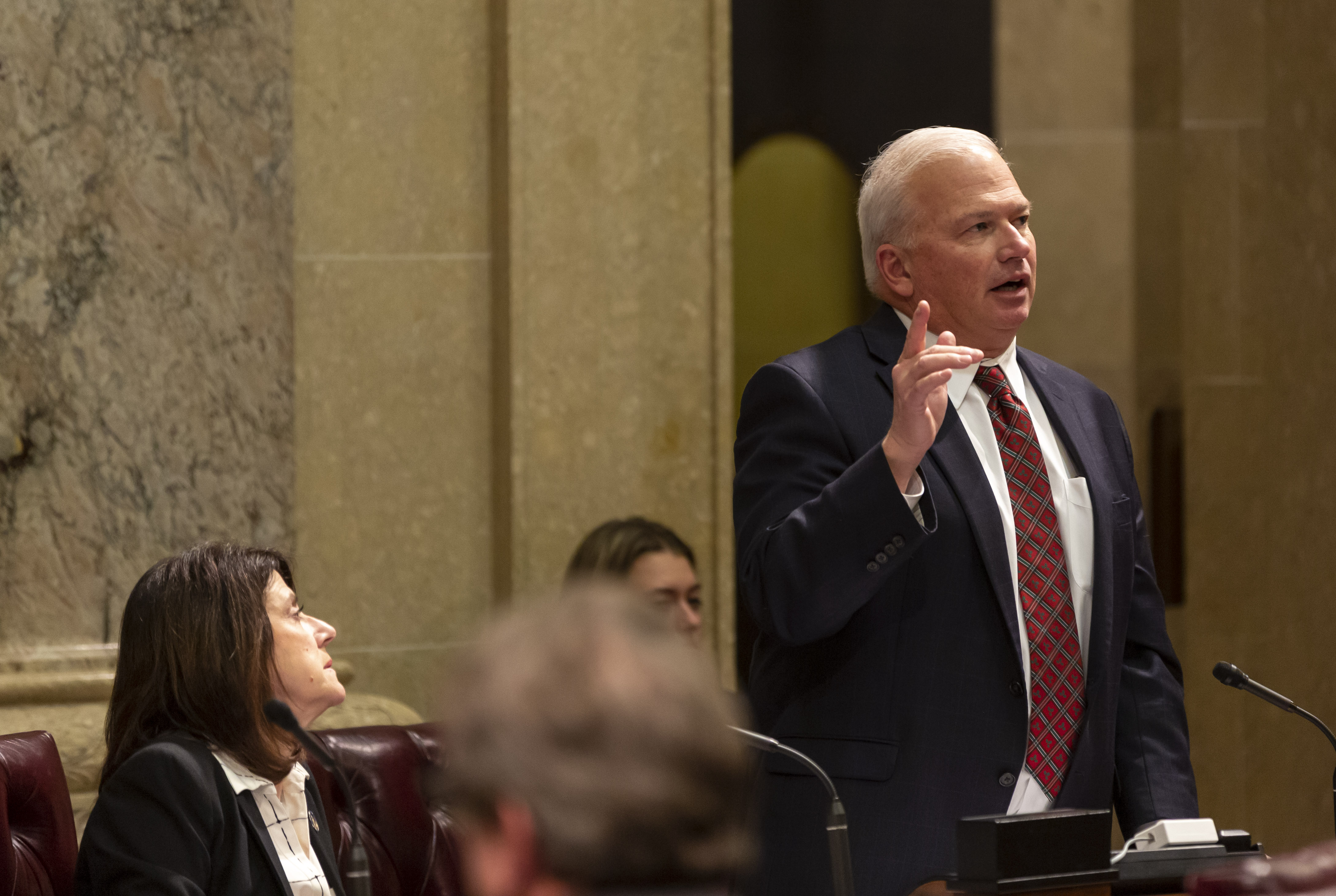





 English (US) ·
English (US) ·